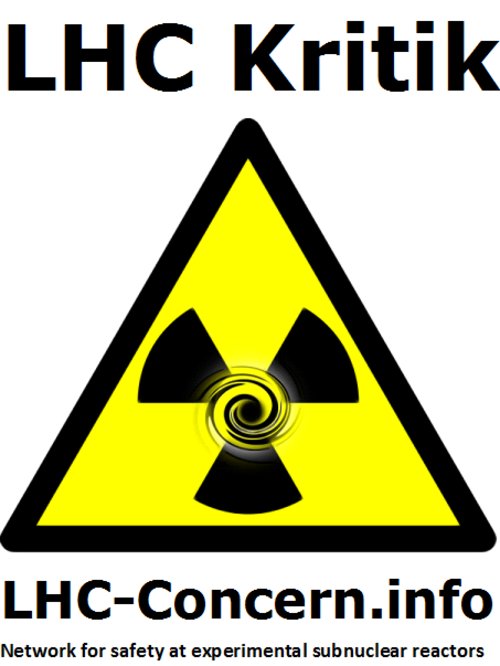Last month a colleague of mine and I visited with Dennis Heap, Executive Director of the National Front Range Airport, at Watkins, CO, the location of the future Spaceport Colorado, and Colorado’s contribution to getting into space. Here is Part 2.
What is a spaceport?
Wikipedia gives a very broad definition of a spaceport, that anything and everything that is used to launch vehicles into orbit, space and interplanetary missions are now termed spaceports. ICBM sites are termed launch sites. There is, however, a distinction between a military site and a commercial site. In the aviation world a military site is termed an ‘airbase’ while a commercial civilian site is termed an ‘airport’. Similarly in the marine world the respective terms are ‘naval base’ and ‘seaport’. In that vein there are ‘spacebases’ and ‘spaceports’. So bear in mind that not everything that is labeled a ‘spaceport’ is one.
As far as I can remember the term ‘spaceport’ caught the public’s imagination only recently with the advent of Spaceport America at Las Cruces, NM. So let’s clarify. A spaceport is port for launching vehicles into suborbital, orbital and interplanetary space whose primary mission is to support and manage commercial activities, not military, not government sponsored launches. And therefore, in the United States there are only 10 existing or proposed spaceports. They are (1)Mid-Atlantic Regional Spaceport, Wallops Island, VA (2)Cecil Field Spaceport, Jacksonville, FL (3)Spaceport Florida, Cape Canaveral (4)Spaceport Oklahoma, Burns Flat, OK (5)Spaceport America, Las Cruces, NM (6)Mojave Air and Spaceport, Mojave, CA (7) California Spaceport, Vandenberg Air Force Base, Lompac, CA (8)Kodiak Launch Complex, Kodiak Island, AK, (9) Spaceport Colorado, Watkins, CO and (10)Spaceport Hawaii, HI.
Continue reading “The Fabulous Spaceport Colorado (Part 2)” »
 See
See 







